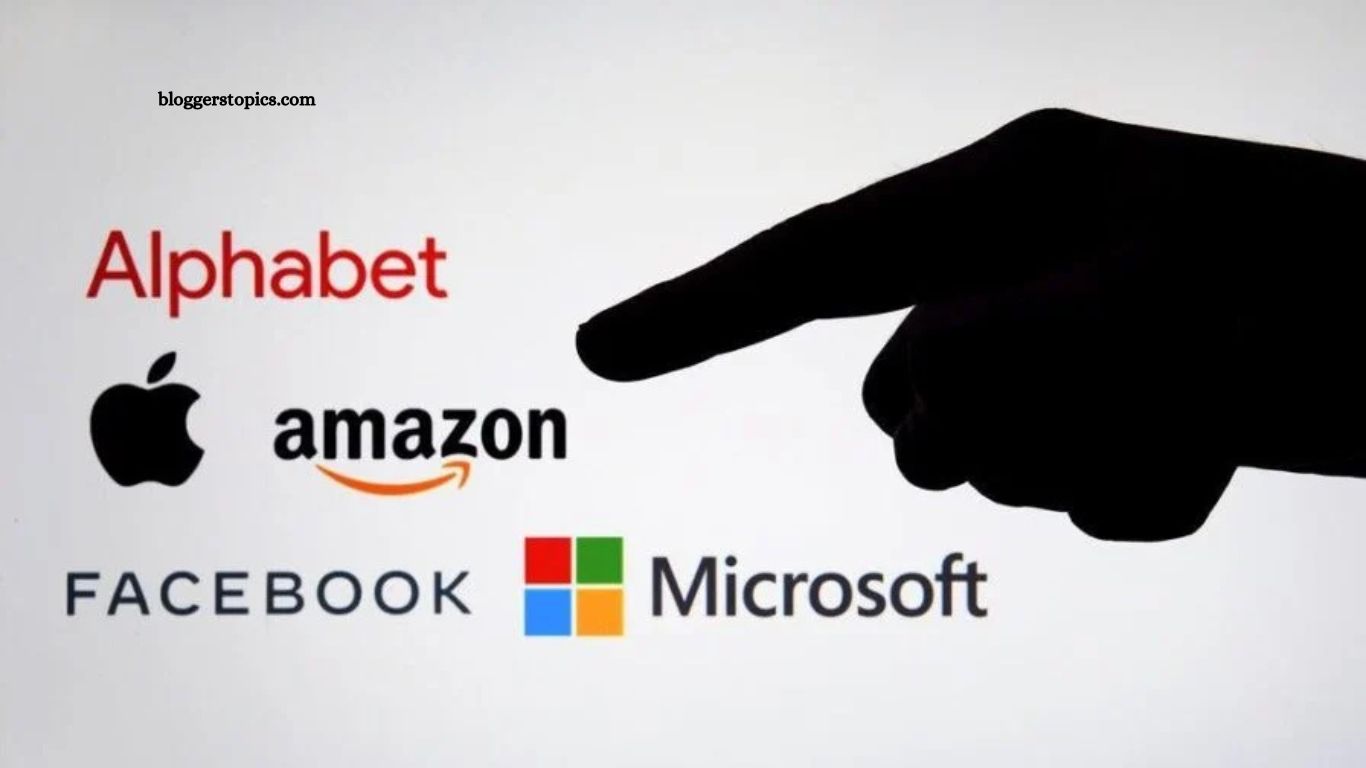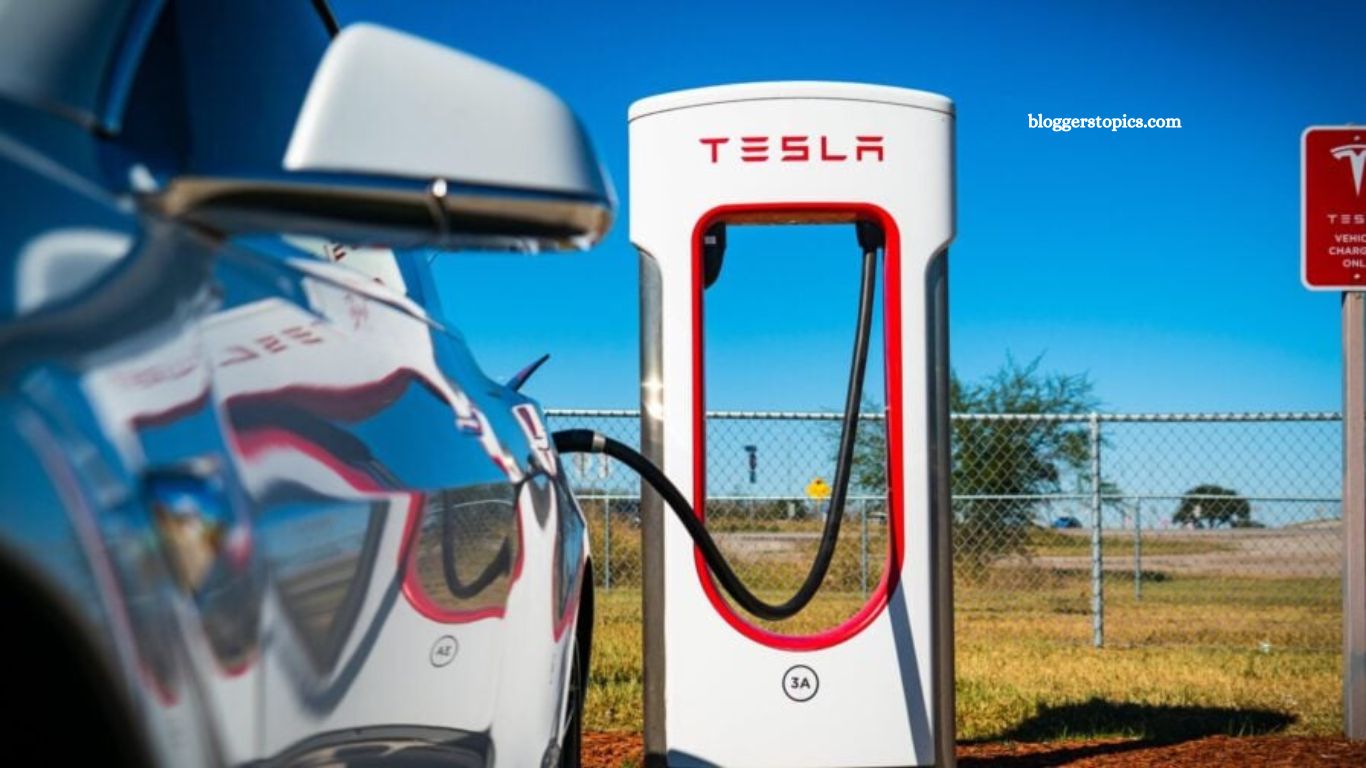In 1999, Wall Street was swept up in a wave of internet-fueled euphoria. Startups with no earnings—and often no viable business models—were suddenly valued in the billions. “Eyeballs” became a proxy for profitability, and analysts projected a utopian, digital-first future. But the optimism was short-lived. When the dot-com bubble burst, it wiped out an estimated $5 trillion in market value between March 2000 and October 2002.
Now, history appears to be repeating itself—only this time, the buzzword isn’t “.com,” it’s “AI.”
Torsten Slok, chief economist at Apollo Global Management, a leading global investment firm, warns that the current AI-driven market surge is even more extreme than the dot-com mania of the late ’90s. And he backs his claim with hard data.
“The difference between the IT bubble in the 1990s and the AI bubble today is that the top 10 companies in the S&P 500 are now more overvalued than they were back then,” Slok noted in a widely circulated research report that has caught the attention of investors and analysts alike.
Read More:Little Man Syndrome Explained: What It Is and Why It Matters
The Chart That Should Worry Everyone
Apollo’s chart compares the 12-month forward price-to-earnings (P/E) ratios of the S&P 500’s top ten companies with those of the broader index. Simply put, the P/E ratio gauges how expensive a stock is relative to its earnings. A high P/E indicates that investors are paying a premium, betting on robust future growth.
What Slok’s analysis uncovers is striking: in 2025, the P/E ratios of these top ten companies surpass even the peak levels seen during the dot-com bubble in 2000.
This suggests investors are wagering aggressively on AI leaders such as Nvidia, Microsoft, Apple, and Google, driving their stock prices far beyond what their current earnings justify. In fact, these valuations have become even more detached from fundamentals than the tech giants of the 1990s—like Cisco and AOL—at the height of the dot-com craze. The frenzy is highly concentrated among a handful of mega-cap stocks—including Nvidia, Microsoft, Apple, Alphabet (Google), Amazon, and Meta—that dominate Wall Street’s market value and are pushing valuations to unprecedented heights.
A Narrow Rally Lifting the World
While headlines tout the strong performance of the S&P 500 this year, the reality is far less reassuring: the bulk of those gains are concentrated in just ten companies. The remaining 490 firms in the index have contributed little, if anything, to the market’s overall rise.
This kind of narrow rally poses significant risks. When market momentum hinges on a small handful of stocks, the entire system becomes vulnerable. If a single company—say, Nvidia—underperforms, it could send shockwaves through the broader market.
The root of the issue lies in Wall Street’s exuberance over artificial intelligence. Investors are pricing AI as though it has already delivered on every promise: massive productivity gains, trillions in cost savings, and an economic transformation on par with the Industrial Revolution. But the reality is that many of those outcomes remain speculative. The market, however, is treating potential as certainty—and that disconnect may prove costly.
Have We Learned Nothing Since 2000?
Back in 1999, the internet was real—and transformative. It reshaped industries, redefined communication, and ultimately became foundational to modern life. But that didn’t prevent investors from vastly overpaying for companies that had no sustainable business models. Hype outpaced reality, and the market paid the price.
Today’s AI fervor carries unsettling echoes of that era. Virtually every corporate earnings call now includes a mention of an “AI strategy,” much like companies in 1999 eagerly appended “.com” to their names to ride the wave of investor enthusiasm. Stock prices are soaring—not necessarily because of actual revenue growth, but on the back of AI’s abstract promise.
Wall Street appears to be pricing in a flawless AI future, while largely ignoring the considerable risks: regulatory scrutiny, enormous infrastructure and compute costs, issues like model hallucinations, and the real possibility that adoption will be slower and more uneven than expected. As Slok’s data starkly illustrates, the market is treating the top ten AI-focused firms as if they’re untouchable.
AI Might Be Bigger Than the Internet—But That’s Not the Point
The question isn’t whether artificial intelligence will transform the world. It will—just as the internet did two decades ago.
The real issue is how much investors are willing to pay today for profits that may not materialize for years, if at all. History reminds us that bubbles don’t burst because the underlying technology is a fraud. They burst when investor expectations become untethered from economic reality—and when the tide of easy money inevitably recedes. The more Wall Street prices in an AI-driven utopia, the more precarious this rally becomes.
What Happens Next?
If corporate earnings fail to catch up with these lofty valuations, the market may not even need a shock to trigger a correction. The weight of unrealistic pricing could be enough. And when bubbles burst, they rarely do so quietly. They collapse—erasing trillions in market value and leaving a trail of shaken confidence in their wake.
AI as a technology will endure. The dominant players in today’s market—Nvidia, Microsoft, Apple, Alphabet, Amazon, Meta—will likely survive as well. But the portfolios betting on perfection without a margin for error may not. Just as the internet boom once convinced investors that the laws of financial gravity no longer applied, today’s AI mania is racing toward the edge of a cliff with similar hubris.
Torsten Slok’s warning is not about whether AI matters. It’s a reminder that we’ve seen this movie before.
Frequently Asked Questions
Is artificial intelligence just hype, or is it a real technological breakthrough?
AI is very real and transformative—just like the internet was in the 1990s. It has the potential to revolutionize productivity, automate complex tasks, and reshape entire industries. The concern isn’t the technology itself, but how investor expectations may be overshooting what’s currently possible or profitable.
How is today’s AI boom similar to the dot-com bubble of 1999–2000?
In both cases, investors rushed into emerging technology based on future potential, not present-day earnings. Just as companies in 1999 added “.com” to boost stock prices, companies today emphasize “AI strategies” to attract investor interest—often without clear revenue from those efforts. Market valuations are climbing faster than actual business fundamentals.
What is a P/E ratio, and why is it important in this context?
The Price-to-Earnings (P/E) ratio compares a company’s stock price to its earnings. A high P/E ratio suggests investors expect strong future growth. When P/E ratios become extremely elevated—especially among just a few companies—it can indicate that stocks are overpriced relative to their actual performance.
Why is a “narrow rally” considered risky?
A narrow rally means that only a few stocks are driving the market’s gains. In this case, most of the S&P 500’s performance is coming from just ten mega-cap tech companies. This lack of broad participation increases the market’s vulnerability: if one of those few firms stumbles, it could drag down the entire index.
Could this AI bubble burst even if the technology succeeds long term?
Yes. Bubbles don’t require a failure of the technology—they burst when investor expectations become unrealistic. If earnings don’t rise to meet sky-high valuations, or if capital becomes more expensive, the bubble can deflate regardless of the long-term promise of AI.
Will the top AI companies survive a market correction?
Most likely, yes. Companies like Nvidia, Microsoft, Apple, Alphabet, and Amazon are fundamentally strong and diversified. However, their stock prices could fall significantly if the market revalues AI more conservatively—hurting portfolios that bought in at inflated levels.
Conclusion
Artificial intelligence may well be the most transformative technology of our time—perhaps even more so than the internet. But as with every revolutionary innovation, the investment story must be grounded in reality, not just possibility.
History has shown us that bubbles aren’t driven by fake technologies—they’re driven by inflated expectations, easy money, and the belief that this time is different.







